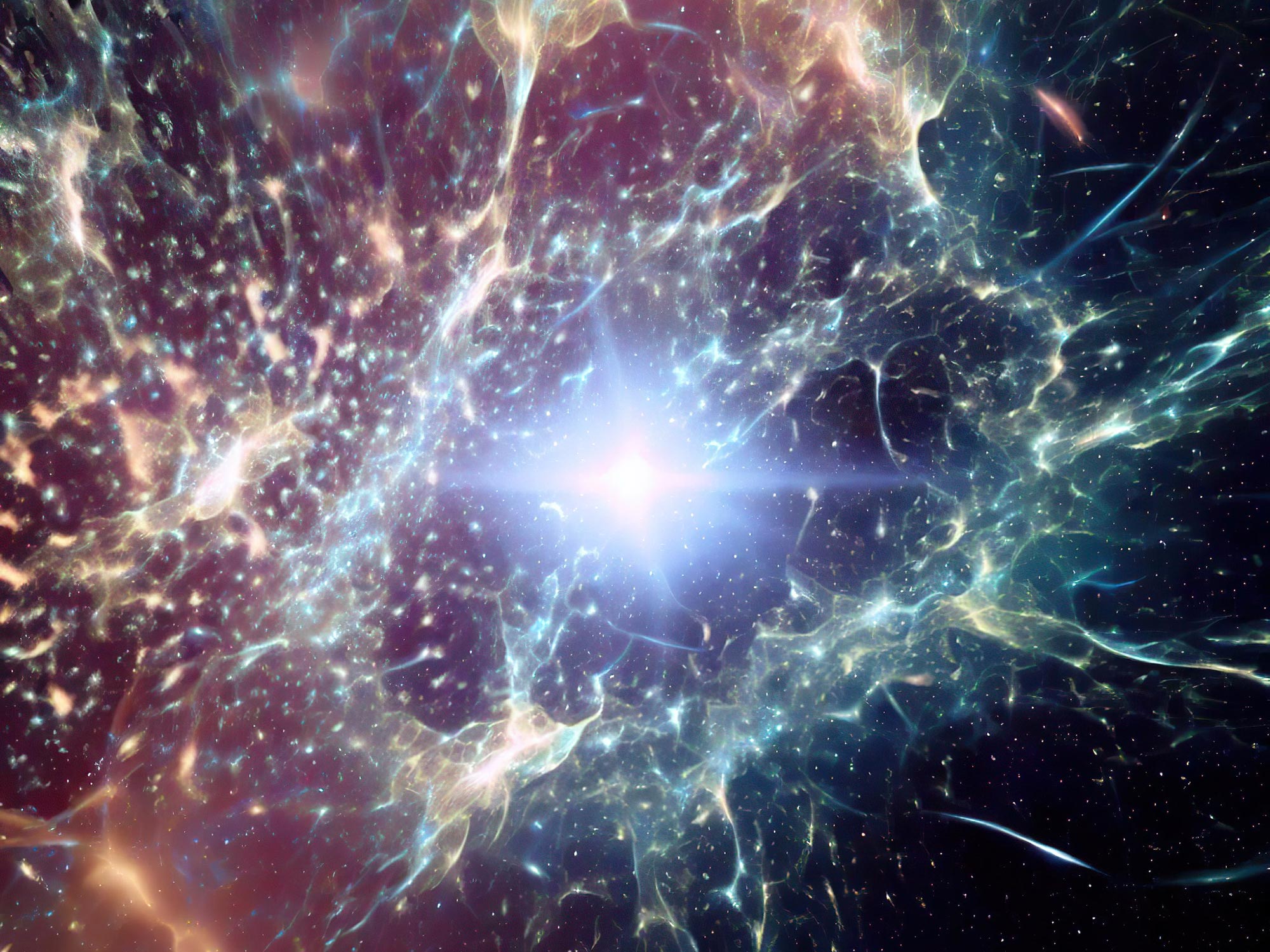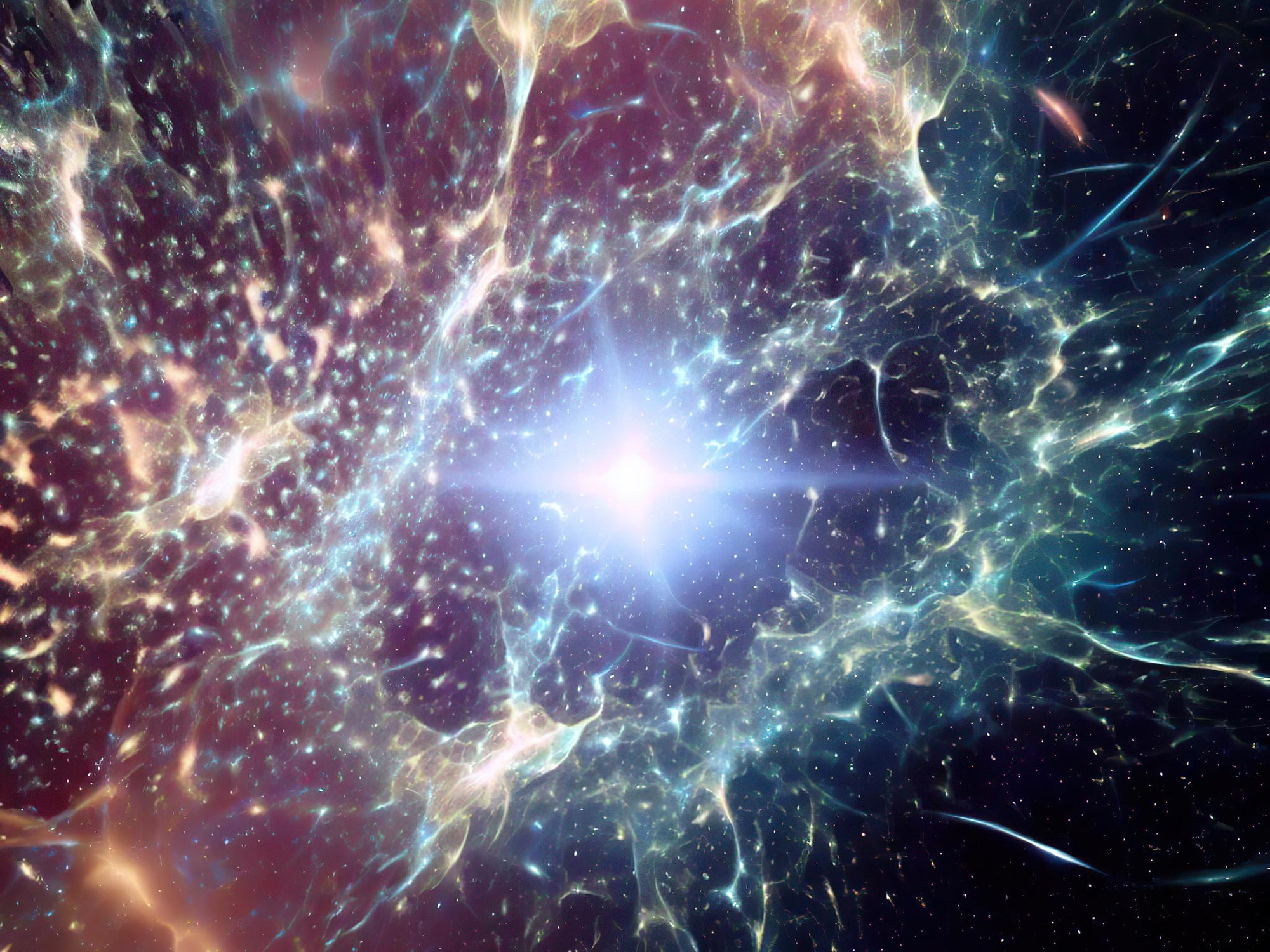
The JADES program of the James Webb Space Telescope is providing unprecedented insights into the early universe, discovering hundreds of ancient galaxies and unveiling complex patterns of star formation. The study suggests that hot, young stars in the early galaxies are driving the universe’s transition from opaque to transparent during the reionization era. Moreover, by analyzing the redshift, JADES has discovered nearly a thousand very distant galaxies, defying previous predictions and revealing the complexity of the early universe.
Webb also continues to uncover bounty from young, distant galaxies
Thanks to the large light-gathering mirror and infrared sensitivity,[{” attribute=””>NASA’s James Webb Space Telescope (JWST) is uniquely suited to study galaxies that existed in the early universe, just a few hundred million years after the big bang. Just over one whole month of Webb’s observing time is devoted to the JWST Advanced Deep Extragalactic Survey, or JADES. JADES will peer deeply into the universe to study some of the faintest and most distant galaxies. Among the program’s first findings: Hundreds of galaxies that existed when the universe was less than 600 million years old, and galaxies that have undergone repeated bursts of star formation.

This infrared image from NASA’s James Webb Space Telescope (JWST) was taken for the JWST Advanced Deep Extragalactic Survey, or JADES, program. It shows a portion of an area of the sky known as GOODS-South, which has been well studied by the Hubble Space Telescope and other observatories. More than 45,000 galaxies are visible here. Credit: NASA, ESA, CSA, Brant Robertson (UC Santa Cruz), Ben Johnson (CfA), Sandro Tacchella (Cambridge), Marcia Rieke (University of Arizona), Daniel Eisenstein (CfA), Alyssa Pagan (STScI)
Early Universe Crackled With Bursts of Star Formation
Among the most fundamental questions in astronomy is: How did the first stars and galaxies form? NASA’s James Webb Space Telescope is already providing new insights into this question. One of the largest programs in Webb’s first year of science is the JWST Advanced Deep Extragalactic Survey, or JADES, which will devote about 32 days of telescope time to uncover and characterize faint, distant galaxies. While the data are still coming in, JADES already has discovered hundreds of galaxies that existed when the universe was less than 600 million years old. The team also has identified galaxies sparkling with a multitude of young, hot stars.
“With JADES, we want to answer a lot of questions, like: How did the earliest galaxies assemble themselves? How fast did they form stars? Why do some galaxies stop forming stars?” said Marcia Rieke of the University of Arizona in Tucson, co-lead of the JADES program.
Star Factories
Ryan Endsley of the University of Texas at Austin led an investigation into galaxies that existed 500 to 850 million years after the big bang. This was a crucial time known as the Epoch of Reionization. For hundreds of millions of years after the big bang, the universe was filled with a gaseous fog that made it opaque to energetic light. By one billion years after the big bang, the fog had cleared and the universe became transparent, a process known as reionization. Scientists have debated whether active, supermassive black holes or galaxies full of hot, young stars were the primary cause of reionization.
As part of the JADES program, Endsley and his colleagues studied these galaxies to look for signatures of star formation – and found them in abundance. “Almost every single galaxy that we are finding shows these unusually strong emission line signatures indicating intense recent star formation. These early galaxies were very good at creating hot, massive stars,” said Endsley.

This image of the GOODS-South field, captured by Webb’s NIRCam (Near-Infrared Camera), shows compass arrows, scale bar, and color key for reference.
The north and east compass arrows show the orientation of the image on the sky. Note that the relationship between north and east on the sky (as seen from below) is flipped relative to direction arrows on a map of the ground (as seen from above). The scale bar is labeled 50 arcseconds.
Credit: NASA, ESA, CSA, Brant Robertson (UC Santa Cruz), Ben Johnson (CfA), Sandro Tacchella (Cambridge), Marcia Rieke (University of Arizona), Daniel Eisenstein (CfA), Alyssa Pagan (STScI)
These bright, massive stars pumped out torrents of ultraviolet light, which transformed surrounding gas from opaque to transparent by ionizing the atoms, removing electrons from their nuclei. Since these early galaxies had such a large population of hot, massive stars, they may have been the main driver of the reionization process. The later reuniting of the electrons and nuclei produces the distinctively strong emission lines.
Endsley and his colleagues also found evidence that these young galaxies underwent periods of rapid star formation interspersed with quiet periods where fewer stars formed. These fits and starts may have occurred as galaxies captured clumps of the gaseous raw materials needed to form stars. Alternatively, since massive stars quickly explode, they may have injected energy into the surrounding environment periodically, preventing gas from condensing to form new stars.
The Early Universe Revealed
Another element of the JADES program involves the search for the earliest galaxies that existed when the universe was less than 400 million years old. By studying these galaxies, astronomers can explore how star formation in the early years after the big bang was different from what is seen in current times. The light from faraway galaxies is stretched to longer wavelengths and redder colors by the expansion of the universe – a phenomenon called redshift. By measuring a galaxy’s redshift, astronomers can learn how far away it is and, therefore, when it existed in the early universe. Before Webb, there were only a few dozen galaxies observed above a redshift of 8, when the universe was younger than 650 million years old, but JADES has now uncovered nearly a thousand of these extremely distant galaxies.
The gold standard for determining redshift involves looking at a galaxy’s spectrum, which measures its brightness at a myriad of closely spaced wavelengths. But a good approximation can be determined by taking photos of a galaxy using filters that each cover a narrow band of colors to get a handful of brightness measurements. In this way, researchers can determine estimates for the distances of many thousands of galaxies at once.
Kevin Hainline of the University of Arizona in Tucson and his colleagues used Webb’s NIRCam (Near-Infrared Camera) instrument to obtain these measurements, called photometric redshifts, and identified more than 700 candidate galaxies that existed when the universe was between 370 million and 650 million years old. The sheer number of these galaxies was far beyond predictions from observations made before Webb’s launch. The observatory’s exquisite resolution and sensitivity are allowing astronomers to get a better view of these distant galaxies than ever before.
“Previously, the earliest galaxies we could see just looked like little smudges. And yet those smudges represent millions or even billions of stars at the beginning of the universe,” said Hainline. “Now, we can see that some of them are actually extended objects with visible structure. We can see groupings of stars being born only a few hundred million years after the beginning of time.”
“We’re finding star formation in the early universe is much more complicated than we thought,” added Rieke.
These results are being reported at the 242nd meeting of the American Astronomical Society in Albuquerque, New Mexico.
The James Webb Space Telescope is the world’s premier space science observatory. Webb will solve mysteries in our solar system, look beyond to distant worlds around other stars, and probe the mysterious structures and origins of our universe and our place in it. Webb is an international program led by NASA with its partners, ESA (European Space Agency), and CSA (Canadian Space Agency).

“Typical beer advocate. Future teen idol. Unapologetic tv practitioner. Music trailblazer.”







More Stories
Boeing May Not Be Able to Operate Starliner Before Space Station Is Destroyed
How did black holes get so big and so fast? The answer lies in the darkness
UNC student to become youngest woman to cross space on Blue Origin